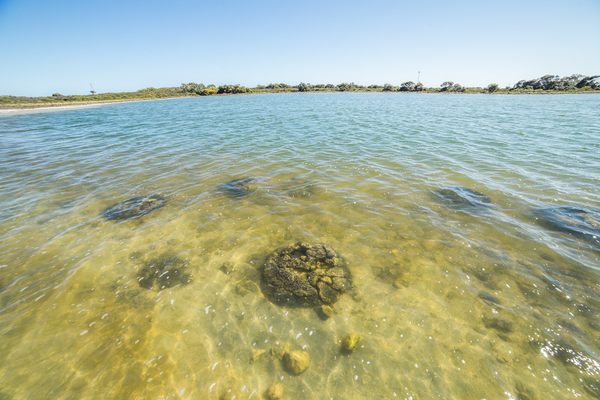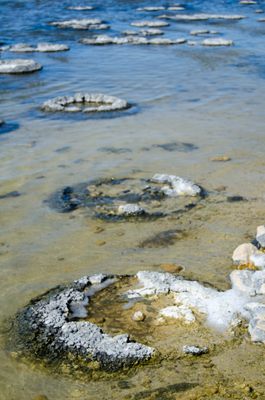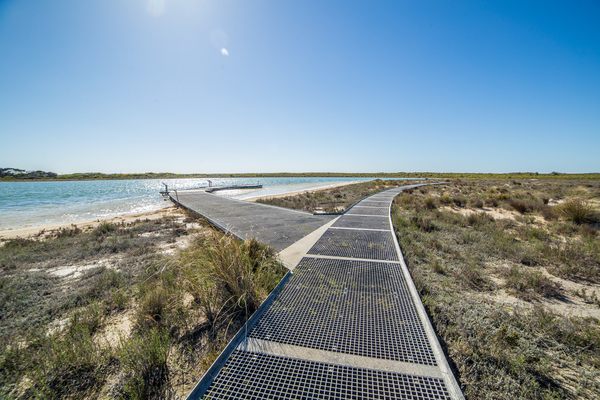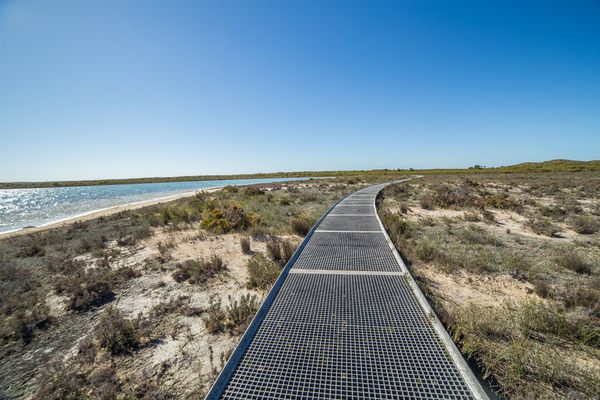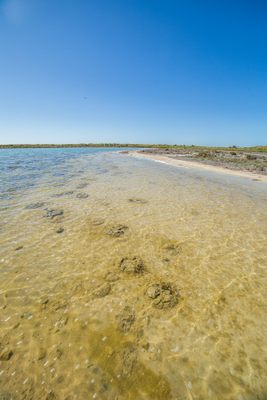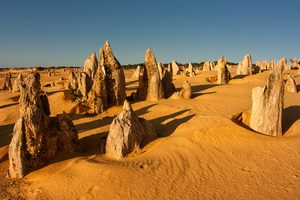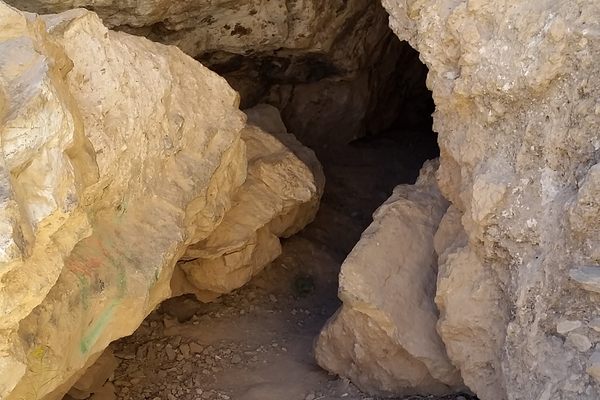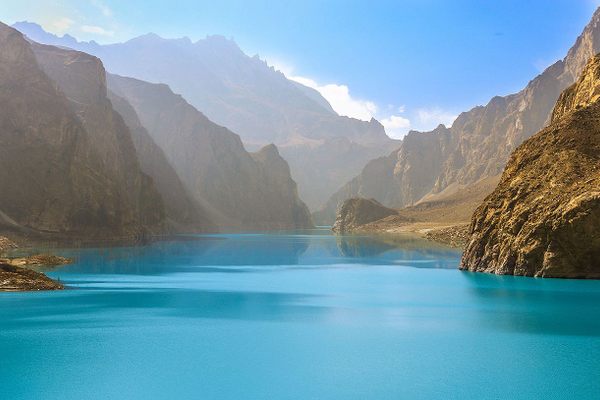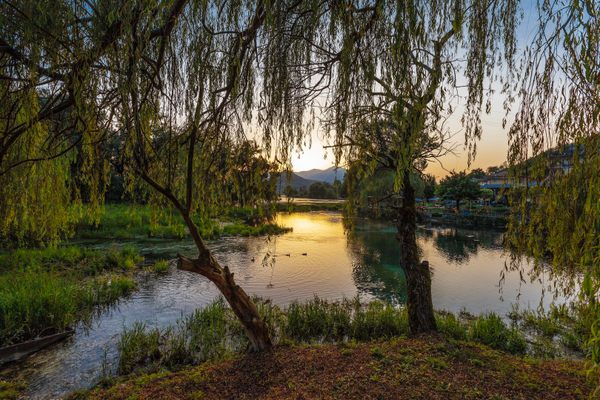About
Just outside the town of Cervantes, in Western Australia, there is a lake that doesn’t seem like much at first sight, but it happens to be home to a very precious life form, cyanobacteria.
These very primitive bacteria were among the very first life forms present on Earth, more than three billion years ago. They are even thought to be responsible for producing the oxygen that later enabled more complex life forms to thrive on Earth.
These colonies of bacteria form globular structures called thrombolites and stromatolites. The difference between the two is that their internal structures are not the same. Thrombolites have a cluster-like structure, whereas stromatolites are made of layers of microbes. On the outside, they look like strange rounded rocks. These structures develop over the course of several thousands of years.
The stromatolites and thrombolites have survived thanks to the high salinity of the lake, limiting the survivability of predators. It's now one of the few places on the planet where one can still see these living fossils. Other locations include Lake Clifton and Shark Bay, also in Western Australia.
Related Tags
Know Before You Go
Lake Thetis is easily accessible via a gravel road, and there is less than a mile (1.5 km) hiking trail to follow around the lake.
Published
June 30, 2020
